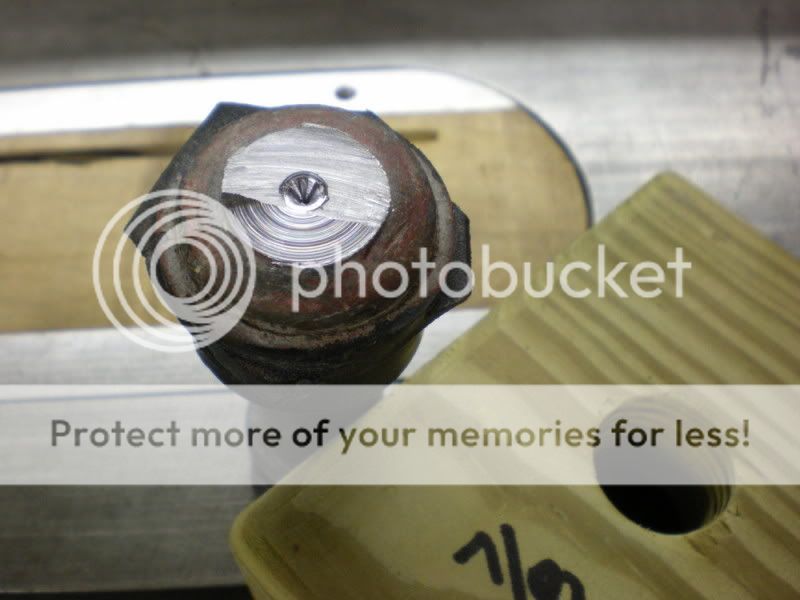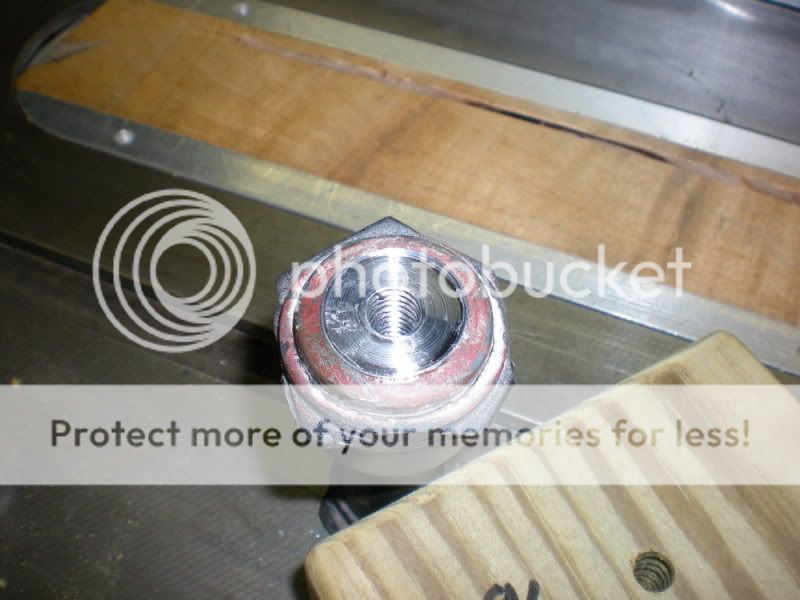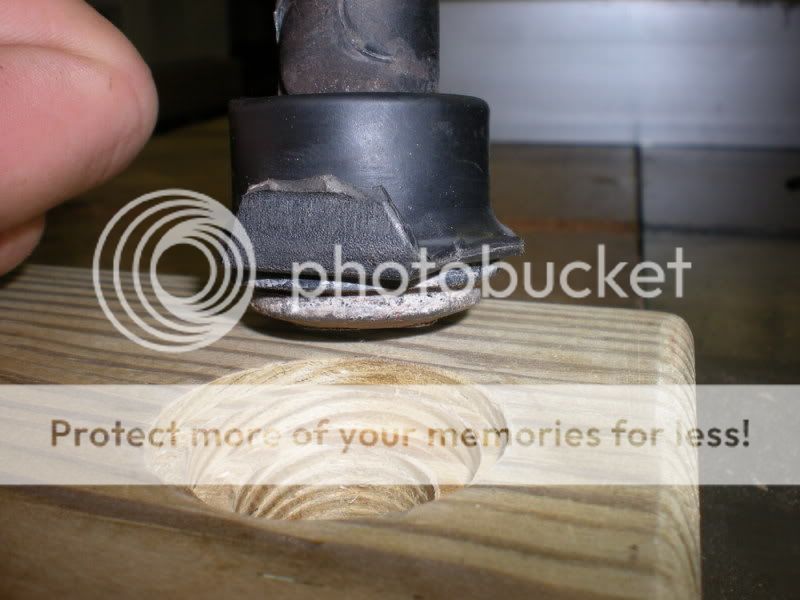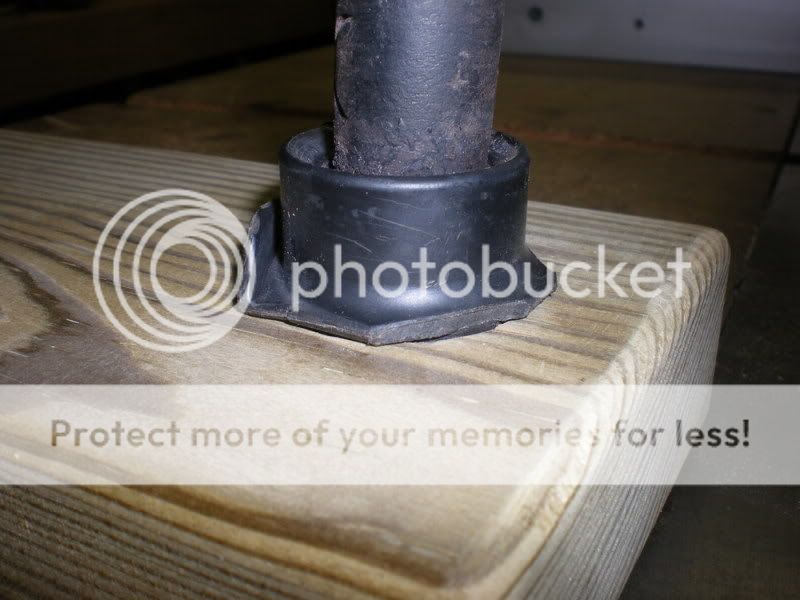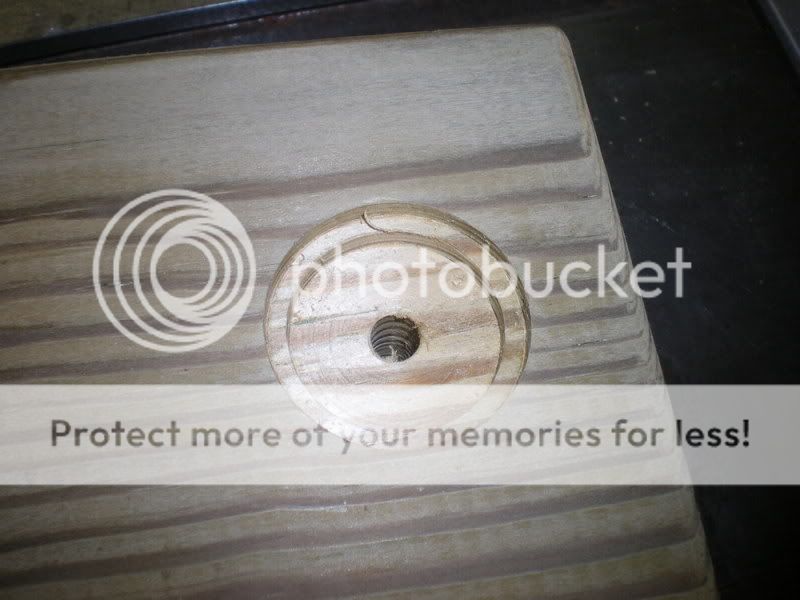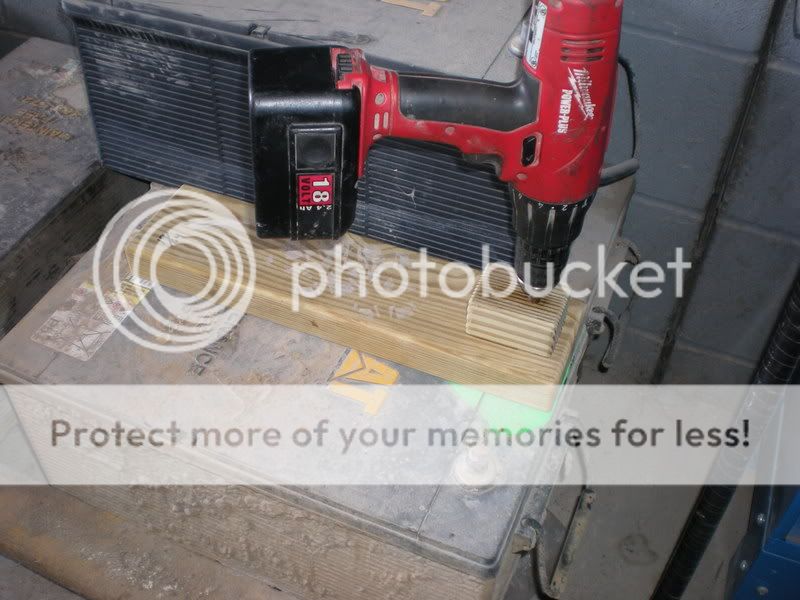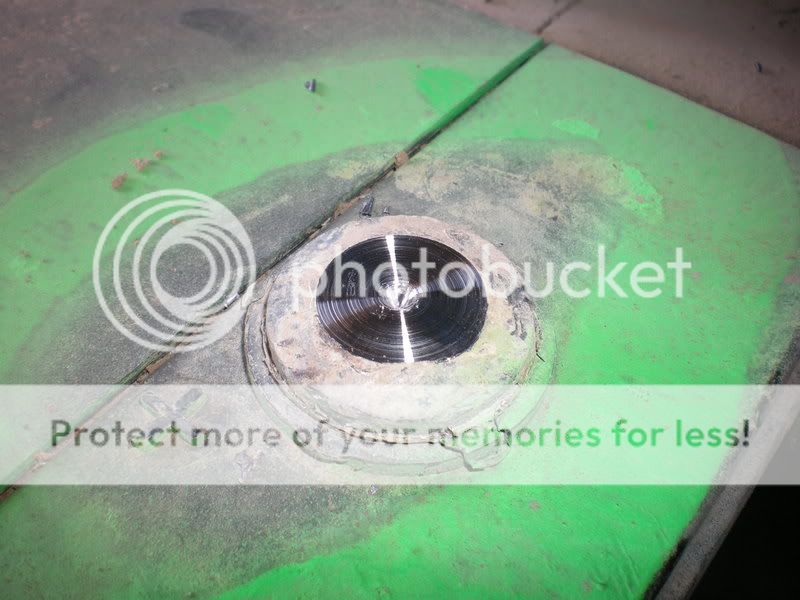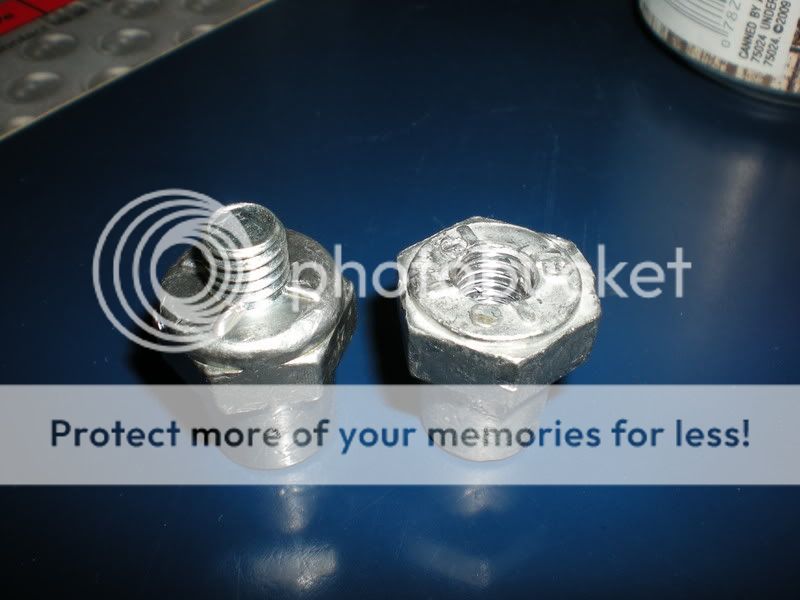In my experience, a lead acid battery that's been sitting for six months is probably shot. I would throw such a battery on a charger for a while, monitor voltage, then try and pull some current out of it, and see if they're worth saving at all. Would be a shame to spend time/money on it only to find it's trash anyway. However, these toasted batteries could be perfect sacrificial donors to perfect your battery terminal repair technique on.
As for the terminals themselves, I lean towards drilling + tapping a hole and replacing the terminals w/ screw in side mount conversions. Past that, building a set of mold pliers wouldn't be difficult, including a clamp to hold the pliers closed. I haven't done this before, but my steps would be:
1. Grind off anything that isn't shiney clean lead.
2. I'd clamp the mold over what's left of the terminal.
3. Melt the lead to be poured
4. Use a torch to heat the remains of the terminal so that there is a small pool of liquid lead on the top of the terminal. The clamped-on mold will help keep the heat away from the plastic of the battery.
5. Pour in replacement lead
6. Hope/pray that anything that shouldn't melt doesn't.
I think I'd also make the mold fairly heavy, for heat sinking capabilities. More heat absorbed by the mold + slowly released while the molten lead cools = less heat into the plastic of the battery. I'd pour the lead when it's just a liquid, heated as little as necessary to do the job. And of course test this on batteries that are already trash, to refine technique.
Good luck.
Edit: Insert standard disclaimer here. You are responsible for your own actions. I take no responsibility for any injuries, damages, or losses of any kind whatsoever caused by following my advice.


